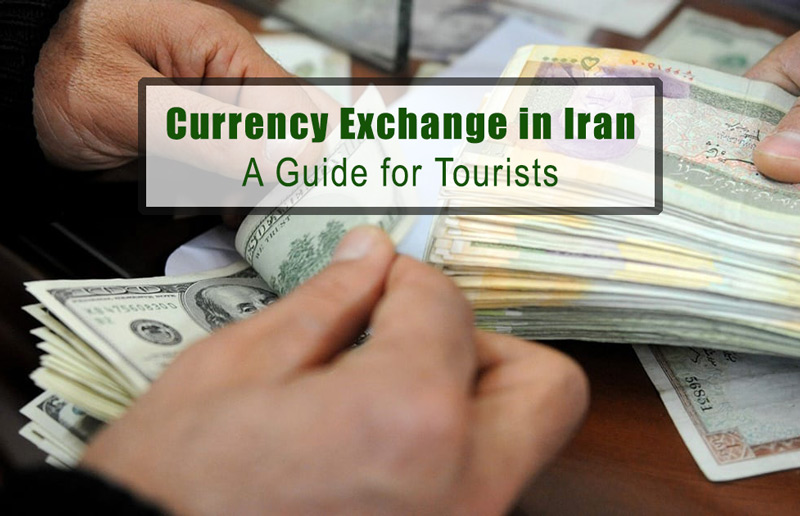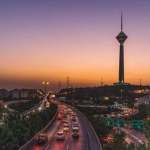If you are planning to visit Iran, it is essential to familiarize yourself with the country’s currency and money system to have a smooth and hassle-free experience during your trip. So let’s see comprehensively how the currency situation in Iran is and review the money exchange tips as a tourist.
Read also: 10 Reasons to Put Iran on Top of Your Trip List
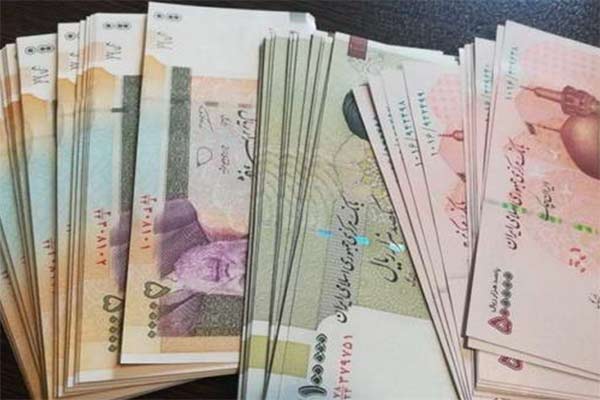
Understanding the Iranian Currency: Rial vs. Toman (Two names, One Currency)
Iranian currency can be a bit confusing for travelers. Many travelers don’t know that Iran has two currencies, one is called Toman and the other is called Rial. Other than knowing Iran currency name, it is important to understand the difference between Toman and Rial.
The official currency of Iran is the Iranian rial (IRR). However, due to the prevalent usage of Toman in everyday transactions, prices are often quoted in Toman rather than Rial. Both Toman and Rial currencies use the same type of banknotes but those are simply two ways of expressing the same currency. So don’t be surprised if you come across prices stated in Rials but referred to as Toman in conversation. The Toman is equivalent to 10 rials. Just remember, whether a price is quoted in Rials or Tomans, the value remains the same. For instance, if you see a price tag of 100,000 tomans, it means 1,000,000 rials. Therefore, it is crucial to clarify whether the quoted price is in Rial or Toman to avoid confusion.
Iranian currency denominations come in 20,000, 50,000, 100,000, 500,000, 1,000,000, and 2,000,000 Rial. Coins, on the other hand, are less commonly used than banknotes in daily transactions due to their limited value.
Read also: Pack for Iran
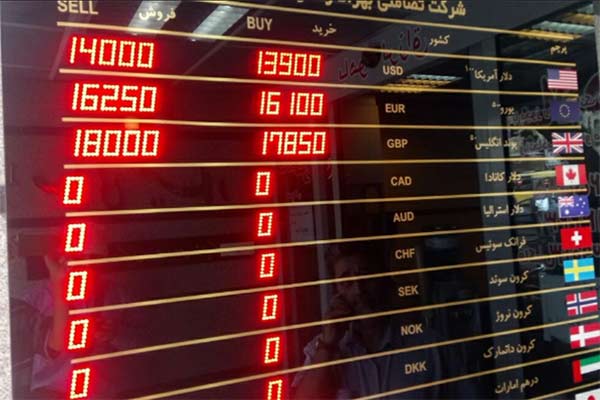
Where to Exchange Money: Banks and Exchange Offices in Iran
It is important to note that when it comes to currency exchange Iran is under international sanctions and faces certain restrictions. As a result, exchanging Iranian Rial outside of Iran can be challenging. Therefore, it is advisable to exchange your currency for Iranian Rial in the country.
The process of money exchange in Iran is quite easy. To exchange your foreign currency for local in Iran, the best places are the authorized Iran exchange offices. In Persian money exchange offices are known as “Sarrafi”. Before exchanging your money, it’s essential to learn about the Iran payment method options available for tourists to manage their expenses more efficiently during their trip.
Iran exchange offices are located particularly in major cities and often have extended hours and faster service. Euro, USD and British Pound can be changed easily throughout the country but changing other currencies is much easier in Tehran and some major cities. The best place to exchange money is Ferdowsi Sq in Tehran, Sa’di Street in Shiraz, and the Royal Square in Isfahan. It’s recommended to use the licensed offices to ensure a secure exchange.
Start your Iranian adventure right with a comfortable Iran airport transfer.
Bank branches are another option for exchanging money in Iran, however, we don’t recommend them because they generally offer very low exchange rates.
Read also: Iran, an Awesome Country For Making Friends With Locals
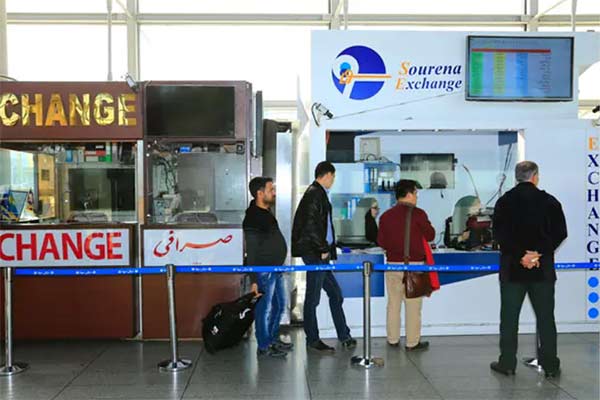
ATM Withdrawals and Credit Cards in Iran
Iran is still a cash economy so foreign credit cards are not a reliable way to bring money to Iran, as credit cards are not accepted in Iran, so, it is advisable to carry enough cash with you. While credit cards are not widely accepted in Iran, some hotels, upscale restaurants, and larger stores may accept international credit cards. However, it is always prudent to carry cash for day-to-day expenses. ATMs are available in major cities but they don’t accept international cards.
Travel smart and explore more with our Iran Budget Tours — the ideal choice for unforgettable experiences at a great price.
Read also: Persian Calendar & Holidays
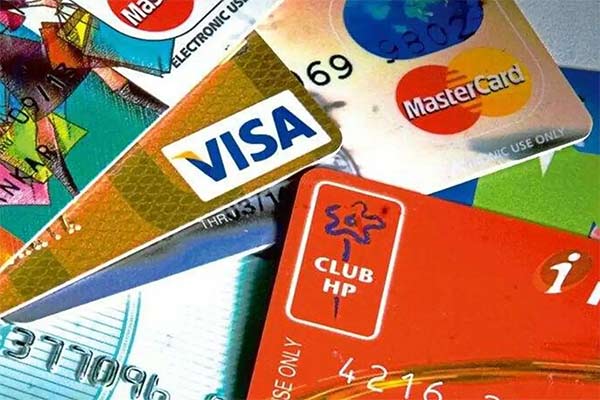
Tips for Handling Money in Iran
Here are a few tips to ensure a smooth experience when handling money in Iran:
- Carry larger bills for convenience, as finding change for small denominations of banknotes may be challenging and those will be bought at lower rates.
- Keep your money secure and consider using a money belt or a secure wallet.
- Be cautious when doing money exchange in Iran on the street or with unauthorized individuals, stick to reputable exchange offices.
- Familiarize yourself with the current exchange rate to avoid being short-changed during transactions.
- USD, EUR, GBP, AED are wildly-accepted currencies and can be exchanged almost everywhere in Iran, but other currencies can be exchanged in certain banks.
Read also: Is it safe to travel to Iran? An Ultimate Guide
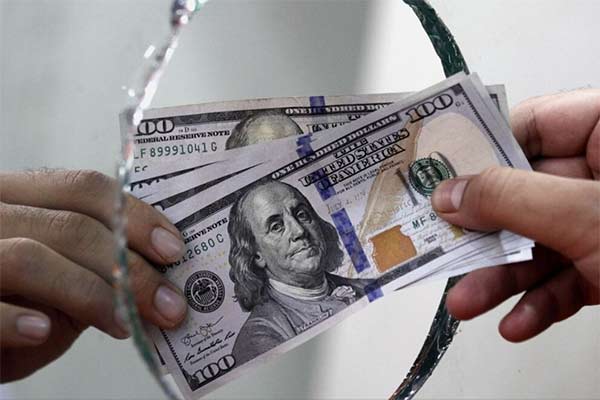
Last Word
Knowing Iran’s current currency and exchange system is essential for tourists who travel to this country. Familiarize yourself with exchange rates, and currency exchange options to ensure a smooth financial experience during your trip. By following these tips, you can safely go through money exchange in Iran and enjoy your time exploring the rich cultural heritage of this beautiful country. Planning a trip? Don’t forget to check the Iran visa application process.
FAQ about Iran currency money
Can I use my debit card in Iran?
Due to sanctions, most international payment systems are not available in Iran.
Does Iran use PayPal?
Due to US sanctions, PayPal does not operate in Iran.
Is the Dollar accepted in Iran?
The US dollar is widely accepted and can easily be exchanged throughout the country.
What currency should I bring to Iran?
It is recommended to bring Euro or USD to Iran. You can exchange other currencies in major cities like Tehran.
What is the difference between Toman and Rial?
Rial & Toman are both Iran currency names. The Toman is equivalent to 10 Rials but both are referring to the same type of banknotes.
What is the best currency to bring to Iran?
Euro & USD are the best currencies to bring to Iran.
How do cash machines work in Iran?
The cash machines in Iran function only with domestic debit or credit cards.
Where to find exchange offices in different cities of Iran?
Persian money exchange offices, known as “Sarrafi” are available in popular tourist areas, commercial districts, airports, hotels, and near major transportation hubs in Iran.
How to exchange money in Iran?
Exchange money in Iran can be done through official exchange offices or banks, however, banks offer very low rates.
Let us know your experiences of visiting or your questions about exchanging money in Iran in the comment box below, we will be happy to hear from you!


